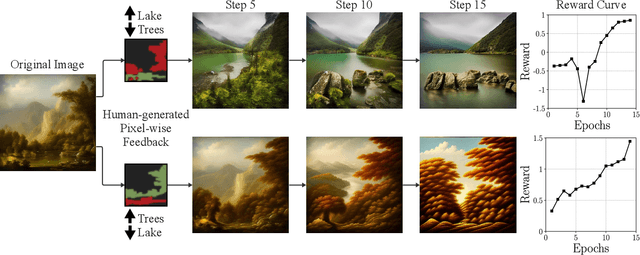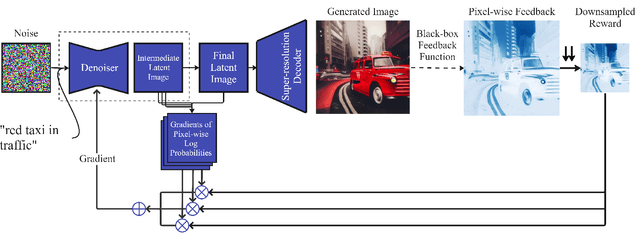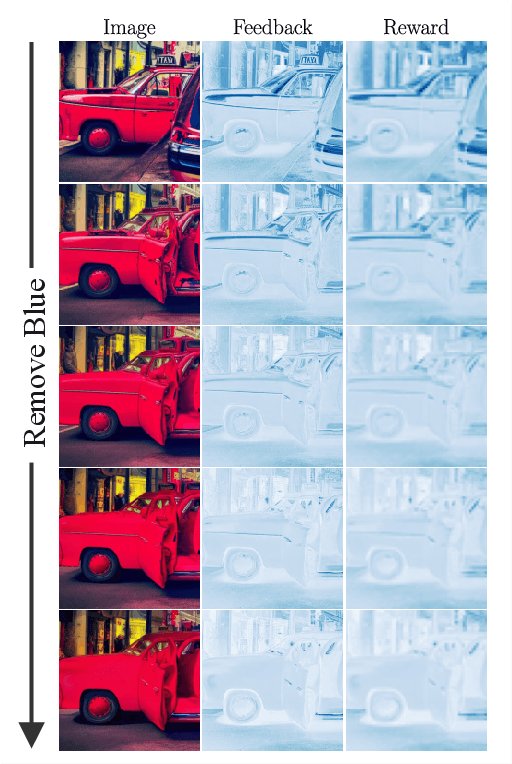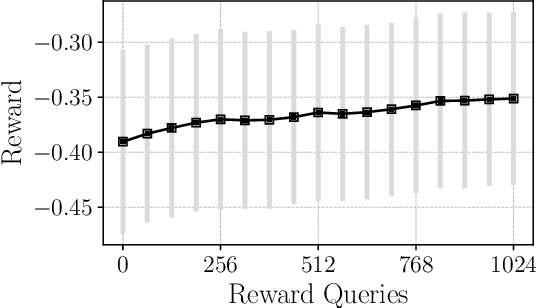Mo Kordzanganeh
Superposed Parameterised Quantum Circuits
Jun 10, 2025Abstract:Quantum machine learning has shown promise for high-dimensional data analysis, yet many existing approaches rely on linear unitary operations and shared trainable parameters across outputs. These constraints limit expressivity and scalability relative to the multi-layered, non-linear architectures of classical deep networks. We introduce superposed parameterised quantum circuits to overcome these limitations. By combining flip-flop quantum random-access memory with repeat-until-success protocols, a superposed parameterised quantum circuit embeds an exponential number of parameterised sub-models in a single circuit and induces polynomial activation functions through amplitude transformations and post-selection. We provide an analytic description of the architecture, showing how multiple parameter sets are trained in parallel while non-linear amplitude transformations broaden representational power beyond conventional quantum kernels. Numerical experiments underscore these advantages: on a 1D step-function regression a two-qubit superposed parameterised quantum circuit cuts the mean-squared error by three orders of magnitude versus a parameter-matched variational baseline; on a 2D star-shaped two-dimensional classification task, introducing a quadratic activation lifts accuracy to 81.4% and reduces run-to-run variance three-fold. These results position superposed parameterised quantum circuits as a hardware-efficient route toward deeper, more versatile parameterised quantum circuits capable of learning complex decision boundaries.
TQml Simulator: Optimized Simulation of Quantum Machine Learning
Jun 06, 2025Abstract:Hardware-efficient circuits employed in Quantum Machine Learning are typically composed of alternating layers of uniformly applied gates. High-speed numerical simulators for such circuits are crucial for advancing research in this field. In this work, we numerically benchmark universal and gate-specific techniques for simulating the action of layers of gates on quantum state vectors, aiming to accelerate the overall simulation of Quantum Machine Learning algorithms. Our analysis shows that the optimal simulation method for a given layer of gates depends on the number of qubits involved, and that a tailored combination of techniques can yield substantial performance gains in the forward and backward passes for a given circuit. Building on these insights, we developed a numerical simulator, named TQml Simulator, that employs the most efficient simulation method for each layer in a given circuit. We evaluated TQml Simulator on circuits constructed from standard gate sets, such as rotations and CNOTs, as well as on native gates from IonQ and IBM quantum processing units. In most cases, our simulator outperforms equivalent Pennylane's default_qubit simulator by up to a factor of 10, depending on the circuit, the number of qubits, the batch size of the input data, and the hardware used.
Information plane and compression-gnostic feedback in quantum machine learning
Nov 04, 2024



Abstract:The information plane (Tishby et al. arXiv:physics/0004057, Shwartz-Ziv et al. arXiv:1703.00810) has been proposed as an analytical tool for studying the learning dynamics of neural networks. It provides quantitative insight on how the model approaches the learned state by approximating a minimal sufficient statistics. In this paper we extend this tool to the domain of quantum learning models. In a second step, we study how the insight on how much the model compresses the input data (provided by the information plane) can be used to improve a learning algorithm. Specifically, we consider two ways to do so: via a multiplicative regularization of the loss function, or with a compression-gnostic scheduler of the learning rate (for algorithms based on gradient descent). Both ways turn out to be equivalent in our implementation. Finally, we benchmark the proposed learning algorithms on several classification and regression tasks using variational quantum circuits. The results demonstrate an improvement in test accuracy and convergence speed for both synthetic and real-world datasets. Additionally, with one example we analyzed the impact of the proposed modifications on the performances of neural networks in a classification task.
Pixel-wise RL on Diffusion Models: Reinforcement Learning from Rich Feedback
Apr 05, 2024



Abstract:Latent diffusion models are the state-of-the-art for synthetic image generation. To align these models with human preferences, training the models using reinforcement learning on human feedback is crucial. Black et. al 2024 introduced denoising diffusion policy optimisation (DDPO), which accounts for the iterative denoising nature of the generation by modelling it as a Markov chain with a final reward. As the reward is a single value that determines the model's performance on the entire image, the model has to navigate a very sparse reward landscape and so requires a large sample count. In this work, we extend the DDPO by presenting the Pixel-wise Policy Optimisation (PXPO) algorithm, which can take feedback for each pixel, providing a more nuanced reward to the model.
A supervised hybrid quantum machine learning solution to the emergency escape routing problem
Jul 28, 2023



Abstract:Managing the response to natural disasters effectively can considerably mitigate their devastating impact. This work explores the potential of using supervised hybrid quantum machine learning to optimize emergency evacuation plans for cars during natural disasters. The study focuses on earthquake emergencies and models the problem as a dynamic computational graph where an earthquake damages an area of a city. The residents seek to evacuate the city by reaching the exit points where traffic congestion occurs. The situation is modeled as a shortest-path problem on an uncertain and dynamically evolving map. We propose a novel hybrid supervised learning approach and test it on hypothetical situations on a concrete city graph. This approach uses a novel quantum feature-wise linear modulation (FiLM) neural network parallel to a classical FiLM network to imitate Dijkstra's node-wise shortest path algorithm on a deterministic dynamic graph. Adding the quantum neural network in parallel increases the overall model's expressivity by splitting the dataset's harmonic and non-harmonic features between the quantum and classical components. The hybrid supervised learning agent is trained on a dataset of Dijkstra's shortest paths and can successfully learn the navigation task. The hybrid quantum network improves over the purely classical supervised learning approach by 7% in accuracy. We show that the quantum part has a significant contribution of 45.(3)% to the prediction and that the network could be executed on an ion-based quantum computer. The results demonstrate the potential of supervised hybrid quantum machine learning in improving emergency evacuation planning during natural disasters.
Forecasting the steam mass flow in a powerplant using the parallel hybrid network
Jul 18, 2023Abstract:Efficient and sustainable power generation is a crucial concern in the energy sector. In particular, thermal power plants grapple with accurately predicting steam mass flow, which is crucial for operational efficiency and cost reduction. In this study, we use a parallel hybrid neural network architecture that combines a parametrized quantum circuit and a conventional feed-forward neural network specifically designed for time-series prediction in industrial settings to enhance predictions of steam mass flow 15 minutes into the future. Our results show that the parallel hybrid model outperforms standalone classical and quantum models, achieving more than 5.7 and 4.9 times lower mean squared error (MSE) loss on the test set after training compared to pure classical and pure quantum networks, respectively. Furthermore, the hybrid model demonstrates smaller relative errors between the ground truth and the model predictions on the test set, up to 2 times better than the pure classical model. These findings contribute to the broader scientific understanding of how integrating quantum and classical machine learning techniques can be applied to real-world challenges faced by the energy sector, ultimately leading to optimized power plant operations.
 Add to Chrome
Add to Chrome Add to Firefox
Add to Firefox Add to Edge
Add to Edge